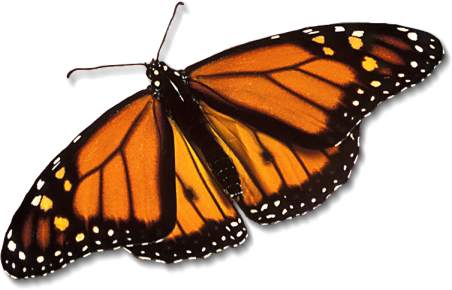Bear, Jacci Howard. “Blue.” About.com. 2010. The New York Times Company. 25 Sept, 2010 <http://desktoppub.about.com/cs/colorselection/p/blue.htm>.
“Cause for Fear: Sexual Apprehension in the Writings of Virginia Woolf.” UPenn. 3 Oct. 2010 <http://www.stwing.upenn.edu/~lpottle/Thesis.html>.
“Characteristics.” Department of Horticultural Science. 3 Oct. 2010 <http://www.ces.ncsu.edu/depts/hort/consumer/poison/Rhodosp.htm>.
“History and Meaning of the Yellow Rose.” ProFlowers. 2010. 4 Oct. 2010 <http://www.proflowers.com/flowerguide/rosemeanings/yellowrose-meanings.aspx>.
Lee, Hermione. “Virginia Woolf.” The New York Times. 1997. The New York Times Company. 3 Oct. 2010 <http://www.nytimes.com/books/first/l/lee-woolf.html>.
Nicolson, Nigel. “Virginia Woolf.” The New York Times. 2000. The New York Times Company. 3 Oct. 2010 <http://www.nytimes.com/books/first/n/nicolson-woolf.html>.
Snyder, Ed. “Death Depicted in Cemetary Symbolism - Part I.” Stone Angels. 2010. WordPress and Hybrid. 25 Sept. 2010 <http://www.stoneangels.net/death-depicted-cemetery-symbolism-part-1/>.
Tompson, Richard S. "Woolf, Virginia." Great Britain: A Reference Guide from the Renaissance to the Present. New York: Facts On File, Inc., 2003. Modern World History Online. 27 Sept 2010< http://www.fofweb.com/activelink2.asp?ItemID=
WE53&iPin=GB1369&SingleRecord=True>.
“Virginia Woolf.” Introduction to Comparative Literature. 2004. Colorado College. 3 Oct. 2010 <http://ats.coloradocollege.edu/co100-04-b1/author/page.php?autPage=3>.
Whitaker, Daved J., Rachael King, and David Knott. “Jellyfish.” Sea Science. 2006. South Carolina Department of Natural Resources. 4 Oct. 2010 <http://www.dnr.sc.gov/marine/pub/seascience/jellyfi.html>.
Photo Credits:
"Abstract Smoke Art Tutorial." 101 Prints. 2010. 24 Oct. 2010 <http://www.101prints.com/tutorials/abstract-smoke-art-tutorial/>.
"Embassy of the United States, Sofia Bulgaria - Earth Day (April 22, 2009)." Embassy of the United States, Sofia Bulgaria - Home. Web. 25 Oct. 2010 <http://bulgaria.usembassy.gov/media_04222009a.html>.
"How Much Astrological Influence Affects My Creative Visualization? | Learn Creative Visualization." Learn Creative Visualization | Visualize and Materialize. Web. 25 Oct. 2010 <http://learn-creative-visualization.com/2010/02/06/how-much-astrological-influence-affects-my-creative-visualization/>.
"Scottish Paintings by Scottish Artists." Scottish Paintings Art Gallery with Canvas Prints. Web. 25 Oct. 2010 <http://www.scottishpaintings.eu/scottishpaintings.html>.
Vaughan, Beth. "The Harper in Fairyland." Spirit of Trees. 24 Oct. 2010 <http://www.spiritoftrees.org/folktales/vaughan/harper_in_fairyland.html>.



